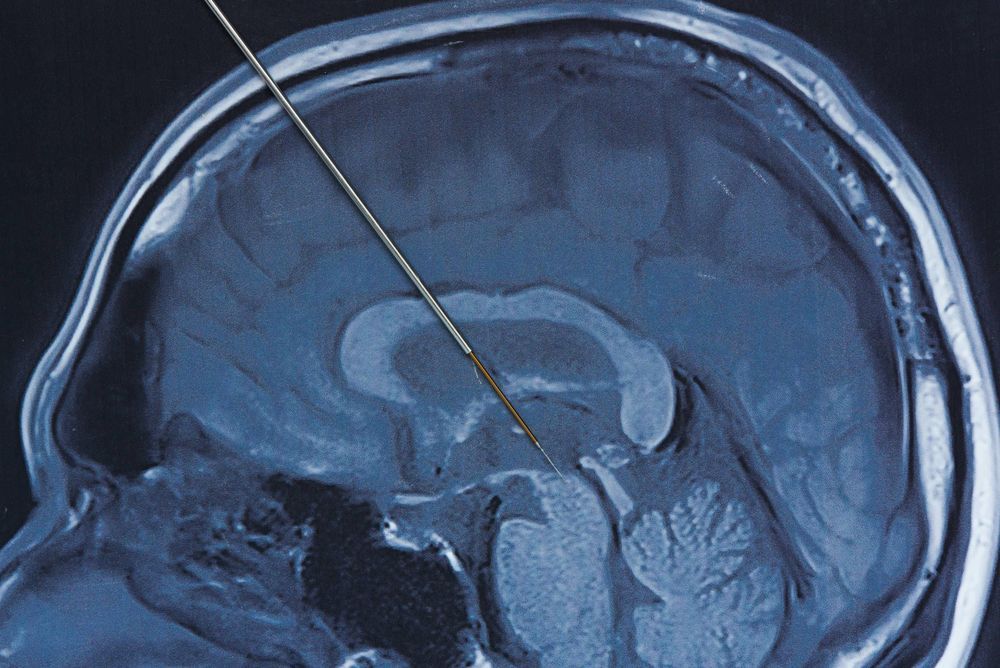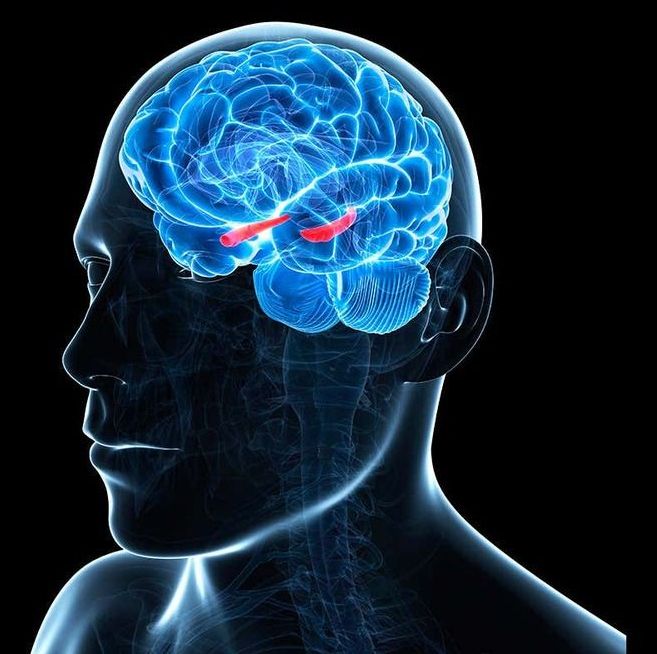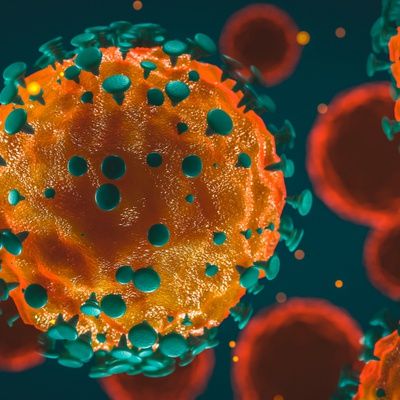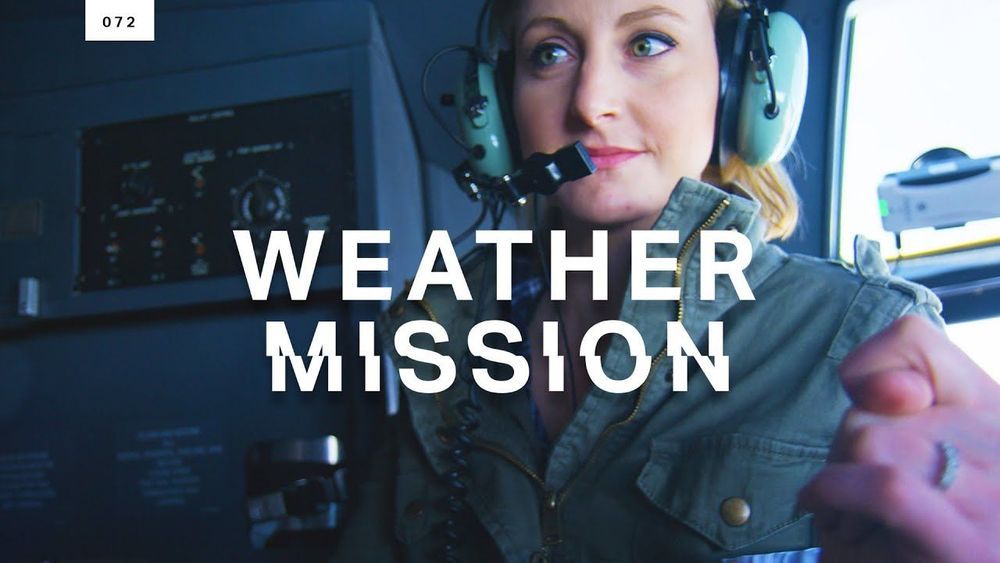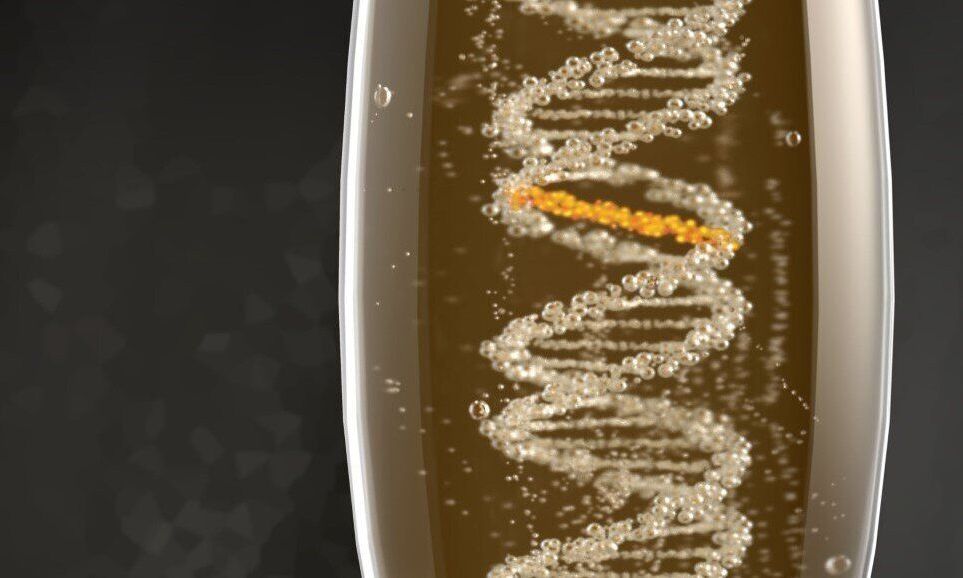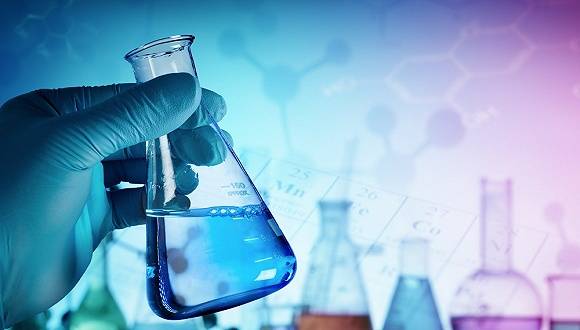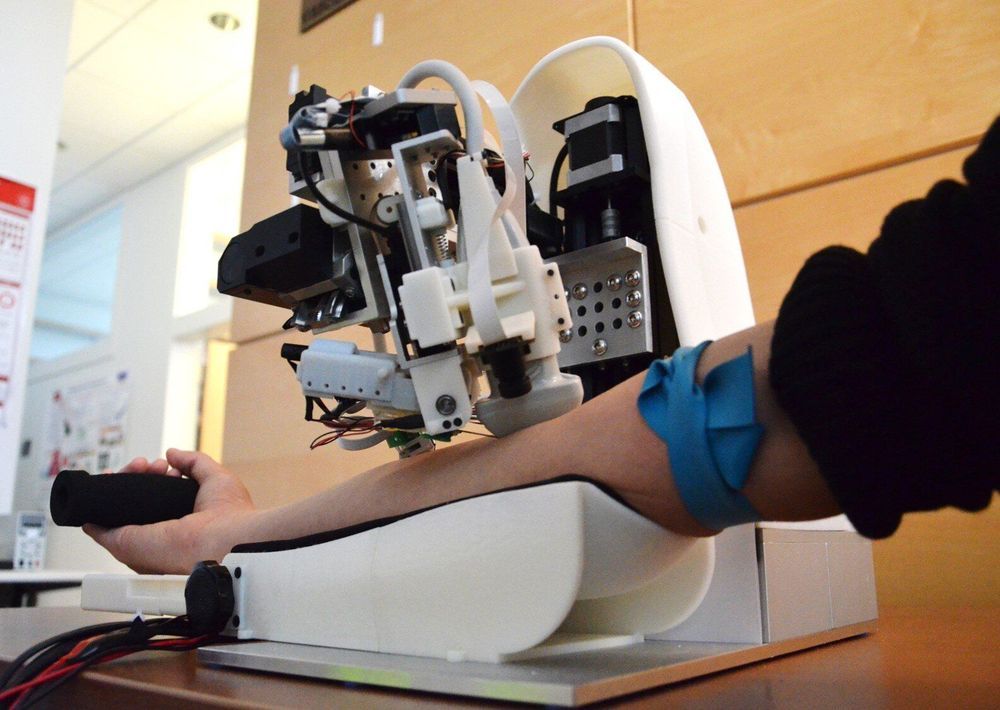If human infants show apparent intellectual qualities like compassion earlier than we might have expected but chimpanzees don’t, we must accept that humans are fundamentally different from chimpanzees. Conflicting definitions of altruism cloud the picture.
The patients always knew that when he stimulated their arm, it was him doing it, not them. And when they stimulated their arm, they were doing it, not him. So Penfield said, he couldn’t stimulate the will. He could never trick the patients into thinking it was them doing it. He said, the patients always retained a correct sense of agency. They always know if they did it or if he did it.
So he said the will was not something he could stimulate, meaning it was not material.
So he had three lines of evidence: His inability to stimulate intellectual thought, the inability of seizures to cause intellectual thought, and his inability to stimulate the will. … So he concluded that the intellect and the will are not from the brain. Which is precisely what Aristotle said.
With nearly 700 million internet users and almost an equal number of people yet to come online for the first time, India is too big a market to ignore. But the tightening of restrictions on foreign tech companies and government intervention in controlling the internet are sparking concerns that the world’s largest democracy is becoming increasingly China-esque.
In the 2010s, India’s internet exploded. More than half a billion Indians came online in the 10 years to September 2019, according to the latest government data, and the country now has twice as many internet users as the entire population of the United States.
And Big Tech rushed to cash in. Facebook ( FB ) CEO Mark Zuckerberg and Twitter ( TWTR ) CEO Jack Dorsey both visited India and met the country’s Prime Minister Narendra Modi, as did Google ( GOOGL ) CEO Sundar Pichai and Microsoft ( MSFT ) CEO Satya Nadella, both of whom were born and grew up in India. Nadella and Amazon’s Jeff Bezos both made their second visits to the country as tech CEOs earlier this year.
All those tech giants, along with others including Uber ( UBER ) and Netflix ( NFLX ), collectively invested billions in their Indian operations, rolling out several “India-first” features and local language versions of their platforms. More billions came from their Asian peers like SoftBank ( SFTBF ), Tencent ( TCEHY ), Bytedance and Alibaba ( BABA ) — mostly through investments in India’s biggest startups.
We have finally found time cells in the human brain – they help explain how we recall when events happened, and they could be a target for Alzheimer’s therapies.
A first-edition copy of Isaac Newton’s groundbreaking book laying out his three laws of motion, which became the foundation for modern physics, has been found at a library on the French island of Corsica.
Vannina Schirinsky-Schikhmatoff, director of conservation at the Fesch public heritage library in Ajaccio, said she discovered the copy of the 17th-century work while studying an index from the library’s founder Lucien Bonaparte—one of Napoleon’s brothers.
“I found the Holy Grail in the main room, hidden in the upper shelves,” she told AFP this week.
The director of the National Institutes of Health explains promising developments in the efforts to deal with the novel coronavirus spreading across the globe.
Jeff Bezos’ aerospace company Blue Origin has completed the first nose cone of its future orbital rocket, the New Glenn — and new video of the hardware shows the true enormity of this piece of equipment. With a diameter of 7 meters, or 22 feet, the cavernous nose cone is so giant that it can completely house Blue Origin’s smaller New Shepard rocket.
The nose cone, or payload fairing, is a crucial piece of any rocket heading to space. It sits on top of the vehicle and surrounds whatever payload or satellite the rocket is carrying, acting as a shield during the ascent through the atmosphere. Once in space, the payload breaks away and exposes the satellite so that the payload can be deployed by the rocket.
The size of a rocket’s fairing is also key because it dictates which kinds of satellites can fit on top of a rocket. If the fairing is too small, for instance, larger satellites and modules won’t be able to fly. This limiting factor has led to an industry phrase known as the “tyranny of the fairing,” as the nose cone often prohibits the ability to fly massive payloads into orbit.
Researchers of the Hubrecht Institute (KNAW) in Utrecht, The Netherlands, and the MRC Laboratory of Molecular Biology in Cambridge, United Kingdom, have discovered a new way in which the human body repairs DNA damage caused by a degradation product of alcohol. That knowledge underlines the link between alcohol consumption and cancer. The research groups of Puck Knipscheer and Ketan J. Patel worked together on this study and published the results in the scientific journal Nature on the 4th of March.
Our DNA is a daily target for a barrage of damage caused by radiation or toxic substances such as alcohol. When alcohol is metabolized, acetaldehyde is formed. Acetaldehyde causes a dangerous kind of DNA damage—the interstrand crosslink (ICL)—that sticks together the two strands of the DNA. As a result, it obstructs cell division and protein production. Ultimately, an accumulation of ICL damage may lead to cell death and cancer.
WUHAN (China Daily/ANN): With the public eagerly anticipating effective drugs to cure the novel coronavirus pneumonia, a medical ethics committee at the forefront of fighting the outbreak in Wuhan has quickened the pace of approving clinical trials.
Several programmes related to the diagnosis and treatment of the disease have gained ethical approval from Huazhong University of Science and Technology and are being carried out by the university, including two drugs that are under clinical trials, said Chen Jianguo, vice-president of the university.
The two drugs are remdesivir, a drug being developed by US-based pharmaceutical company Gilead, and chloroquine phosphate, which is available on the market to treat malaria.
Rutgers engineers have created a tabletop device that combines a robot, artificial intelligence and near-infrared and ultrasound imaging to draw blood or insert catheters to deliver fluids and drugs.
Their most recent research results, published in the journal Nature Machine Intelligence, suggest that autonomous systems like the image-guided robotic device could outperform people on some complex medical tasks.
Medical robots could reduce injuries and improve the efficiency and outcomes of procedures, as well as carry out tasks with minimal supervision when resources are limited. This would allow health care professionals to focus more on other critical aspects of medical care and enable emergency medical providers to bring advanced interventions and resuscitation efforts to remote and resource-limited areas.

